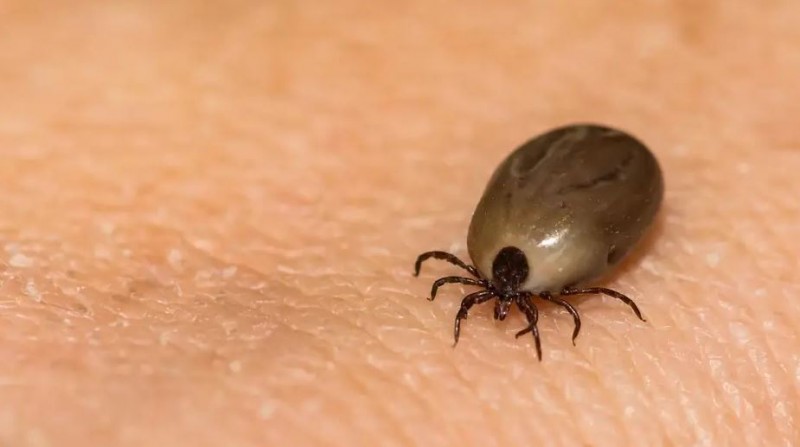
Introduction
Tick-borne illnesses have become a growing concern in recent years, with the rise in cases reported worldwide. Among these illnesses, Lyme disease and its co-infections are particularly worrisome due to their debilitating effects on human health. In this article, we will explore the causes, symptoms, diagnosis, treatment, and prevention of Lyme disease and its co-infections. By increasing awareness and understanding, we can better protect ourselves and our loved ones from these complex tick-borne illnesses.
Understanding Lyme Disease
Lyme disease is an infectious illness caused by the bacterium Borrelia burgdorferi, which is transmitted through the bite of infected black-legged ticks, commonly known as deer ticks. These ticks are most prevalent in wooded and grassy areas. Lyme disease can affect various body systems, including the skin, joints, heart, and nervous system.
Geographically, Lyme disease is most prevalent in North America, Europe, and Asia. However, it has been reported in numerous countries worldwide. The incidence of Lyme disease has been on the rise, likely due to increased awareness and improved diagnostic techniques.
Common Symptoms of Lyme Disease
The symptoms of Lyme disease can vary depending on the stage of the infection. In the early stage, individuals may experience flu-like symptoms such as fatigue, fever, headache, muscle aches, and a characteristic skin rash called erythema migrans. If left untreated, the infection can progress to the later stages, leading to more severe symptoms such as joint pain, neurological problems, and cardiac abnormalities.
It's important to note that Lyme disease can also affect children, and their symptoms may differ from those seen in adults. Children may experience behavioral changes, learning difficulties, and neurological impairments.
Co-infections Associated with Lyme Disease
Lyme disease can often be accompanied by co-infections, which are additional infections transmitted by the same tick bite. Some common co-infections include:
Babesiosis: A parasitic infection that affects red blood cells and can cause flu-like symptoms, anemia, and complications in people with weakened immune systems.
Anaplasmosis: A bacterial infection that affects white blood cells and can cause fever, headache, muscle aches, and fatigue.
Bartonellosis: A bacterial infection that can cause a wide range of symptoms, including fever, fatigue, headache, and enlarged lymph nodes.
Ehrlichiosis: A bacterial infection that affects white blood cells and can cause fever, fatigue, muscle aches, and confusion.
Diagnosis of Lyme Disease and Co-infections
Diagnosing Lyme disease and its co-infections can be challenging due to the variability of symptoms and limitations in laboratory testing. Clinical evaluation, including a detailed medical history and physical examination, plays a crucial role in diagnosing these illnesses. Laboratory tests, such as serological testing and polymerase chain reaction (PCR), can help confirm the diagnosis but may yield false-negative results in the early stages.
It's important for healthcare providers to consider both the clinical presentation and test results when making a diagnosis. Seeking medical attention from a healthcare professional experienced in tick-borne illnesses is essential for accurate diagnosis and appropriate treatment.
Treatment Options
The primary treatment for Lyme disease and its co-infections is antibiotics. The choice of antibiotics and the duration of treatment depend on the stage of the infection and the specific co-infections involved. In some cases, integrative approaches that combine conventional medicine with complementary therapies may be beneficial. Supportive therapies such as pain management, physical therapy, and counseling can also help individuals manage the symptoms and improve their quality of life.
Prevention Strategies
Preventing tick bites is the best approach to reduce the risk of Lyme disease and its co-infections. Here are some effective prevention strategies:
Avoid tick-infested areas, particularly during peak tick activity seasons.
Wear protective clothing such as long sleeves, pants, and socks when in tick-prone environments.
Apply tick repellents containing DEET or permethrin on exposed skin and clothing.
Conduct regular tick checks and promptly remove any attached ticks.
Create a tick-safe environment around your home by maintaining a well-trimmed lawn and reducing tick habitats.
Living with Lyme Disease
For individuals living with chronic Lyme disease symptoms, managing the condition can be challenging. It's important to work closely with healthcare professionals to develop a personalized treatment plan that addresses the specific symptoms and needs. Seeking support from patient advocacy groups and connecting with others facing similar challenges can also provide valuable resources and emotional support.
Conclusion
Tick-borne illnesses, such as Lyme disease and its co-infections, pose a significant health risk. Understanding the causes, symptoms, diagnosis, treatment, and prevention strategies is crucial for protecting ourselves and our communities. By adopting preventive measures, seeking early diagnosis, and following appropriate treatment protocols, we can minimize the impact of these illnesses and lead healthier lives.
Panic attack vs. heart attack: The symptoms of a panic attack and a heart attack are similar